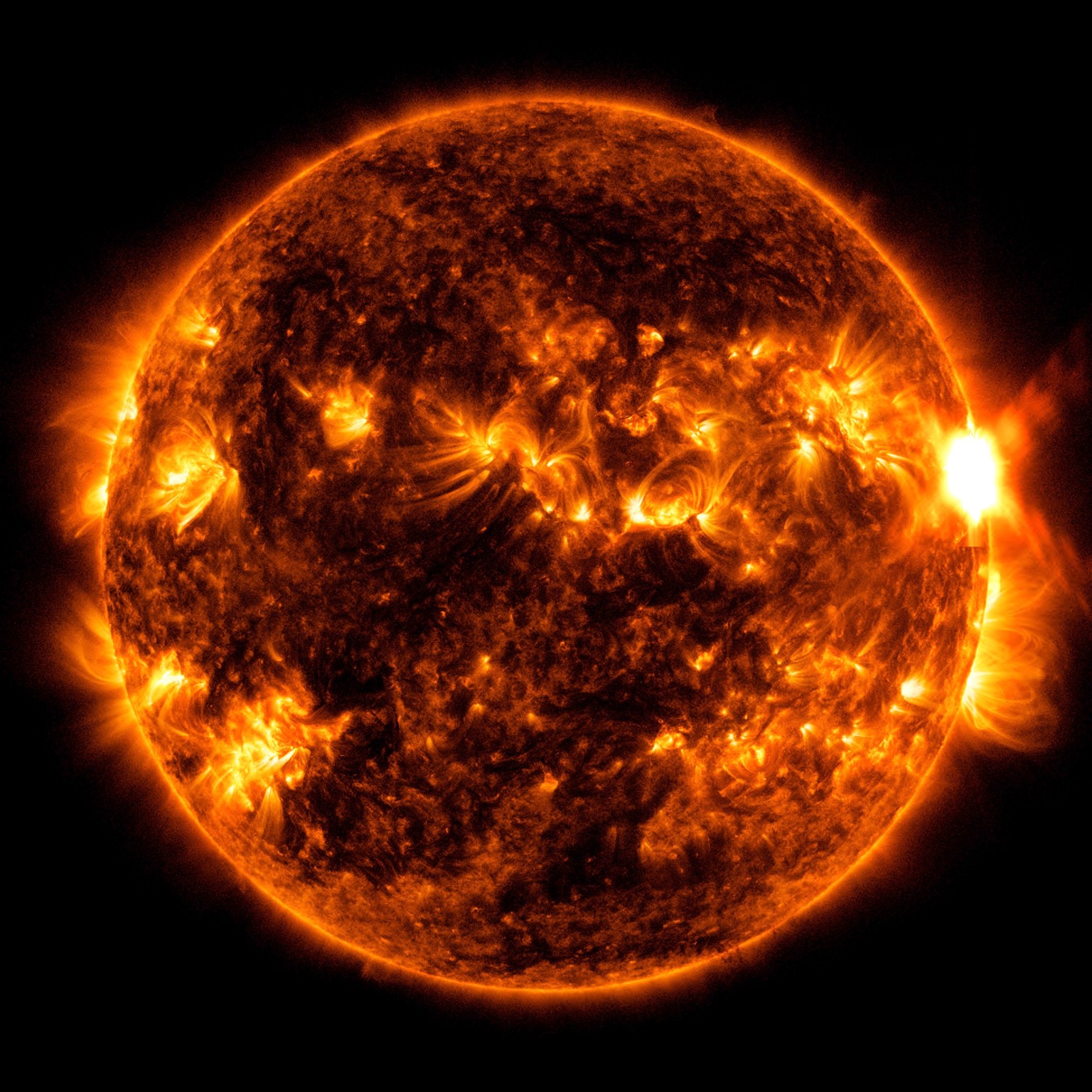NASA’s citizen science program reaches more than two million volunteers in more than 167 countries—and it’s growing even larger! NASA is funding eleven new awards across the U.S. to develop or support citizen science projects.
Citizen Science Seed Funding Program (CSSFP)
The CSSFP aims to support scientists and other experts to develop citizen science projects and to expand the pool of scientists who use citizen science techniques in their science investigations. Four Divisions of NASA’s science mission directorate are participating in the CSSFP: the Astrophysics Division, the Biological and Physical Sciences Division, the Heliophysics Division, and the Planetary Science Division. Four new investigations were recently selected through this program:
- Enabling Citizen Science Discovery in TESS Light Curves, Brian Powell, NASA Goddard Space Flight Center. Searching for novel phenomena in data from NASA’s Transiting Exoplanet Survey Satellite mission.
- The Exoasteroids Citizen Science Project - Discovering Infrared Outbursts with WISE, Aaron Meisner, NOIRLab. Searching for dust and debris around white dwarfs using data from NASA’s Wide-Field Infrared Explorer mission.
- GAMER: An extension to Galaxy Zoo for the classification of galaxy mergers using two-dimensional stellar kinematics, Francisco Muller-Sanchez, University of Memphis. Identifying GAlaxy MERgers by examining galaxies from NASA’s Sloan Atlas catalog.
- VIPER Rocks!, David Krum, California State University, Los Angeles. Mapping and classifying rocks encountered by NASA's Volatiles Investigating Polar Exploration Rover.
Heliophysics Citizen Science Investigations (HCSI)
The HCSI program supports medium-scale citizen science projects in the Heliophysics Division of NASA’s Science Mission Directorate. Three investigations were recently selected through this program:
- The Dynamic Eclipse Broadcast (DEB) Initiative, Robert Baer, Southern Illinois University. Documenting the solar corona, moment by moment.
- Eclipse Megamovie 2024 Project, Laura Peticolas, Sonoma State University. Exploring how how superheated gas flows from the sun.
- Coronal Science with Citizen CATE Next-Generation Distributed Eclipse Observations, Amir Caspi, Southwest Research Institute. Deploying cameras to study solar eclipses in polarized light.
Heliophysics Innovation in Technology (HITS)
The HITS program supports projects that advance the goals and objectives of NASA Heliophysics by conducting outstanding, innovative, or expeditious research that can be accomplished in one year. Two new citizen science investigations were recently selected through this program:
- Making Heliophysics BIG Year Shine: Leveraging GeoCollaborate to Engage Broadcast Meteorologists as Heliophysics Ambassadors, Dave Jones, Stormcenter Communications, Inc.
- Sunsketchers, Gordon Emslie, Western Kentucky University
Interdisciplinary Science for Eclipse 2024
This program supports development of new research and/or enhancement of existing research, applied to the 2024 total solar eclipse. Proposals to support two existing citizen science investigations were recently selected through this program:
- Solar Patrol, Thangasamy Velusamy, NASA Jet Propulsion Labortory. Investigating the Sun’s active regions using radio waves measured by the Goldstone Apple Valley Radio Telescope.
- Solar Eclipse QSO Parties, Nathaniel Frissell, The University of Scranton. Studying how eclipses affect the Earth’s ionosphere using ham radio signals. In ham radio, a “QSO” means a contact with another ham radio station.
For more information on NASA’s citizen science programs, visit https://science.nasa.gov/citizenscience.
NASA’s Citizen Science Program:
Learn about NASA citizen science projects
Follow on Twitter
Follow on Facebook


























